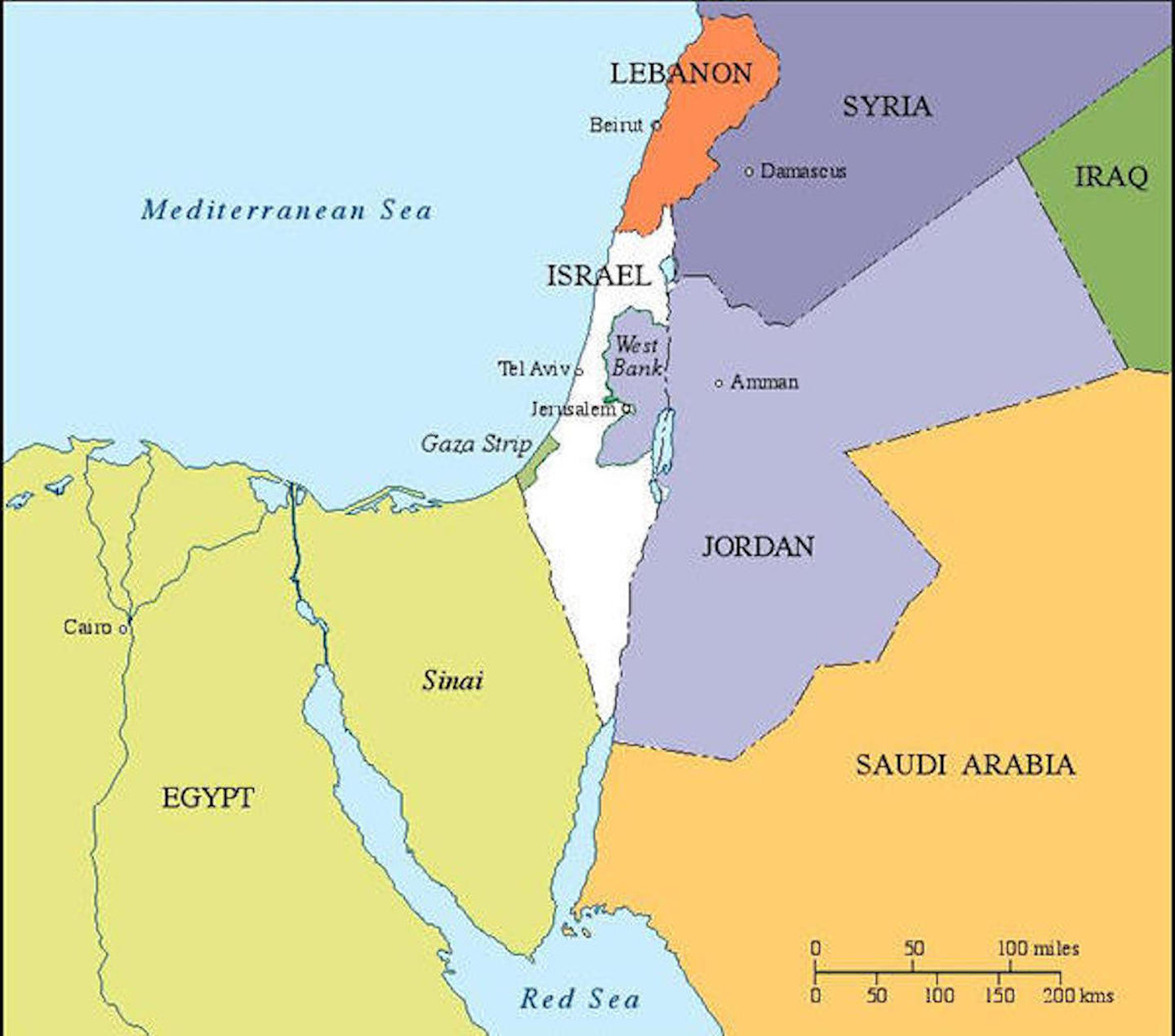Current Time in Israel: Israel Time Right Now

Israel time right now – Salam, sanak! Let’s talk about the current time in Israel. It’s important to know the time in Israel for various reasons, such as scheduling meetings, contacting people, or even just planning a trip.
Current Time in Israel
As of right now, the current time in Israel is:
- 12-hour format: Current Time in 12-hour format
- 24-hour format: Current Time in 24-hour format
Time Zone in Israel
Israel uses the Israel Standard Time (IST) time zone, which is UTC+2.
Israel Standard Time (IST) and Israel Daylight Saving Time (IDT)
Israel observes Daylight Saving Time (DST) from the last Friday in March to the last Friday in October. During DST, the time is adjusted forward by one hour, making it UTC+3. This is known as Israel Daylight Saving Time (IDT).
Checking the time in Israel? It’s likely you’re also thinking about what to grab for a quick bite. Perhaps a McDonald’s meal is on your mind, and if so, you might be curious about the sustainability of their cups, a topic explored in depth here.
While you’re deciding on your meal, remember that Israel observes a single time zone, so your mealtime is the same across the country.
Current Time in Different Cities
Here’s a table showing the current time in some major cities in Israel:
| City | Time Zone | Current Time |
|---|---|---|
| Tel Aviv | IST (UTC+2) | Current Time in Tel Aviv |
| Jerusalem | IST (UTC+2) | Current Time in Jerusalem |
| Haifa | IST (UTC+2) | Current Time in Haifa |
Factors Affecting Time in Israel

Time in Israel, like in any other part of the world, is determined by the Earth’s rotation and the internationally agreed-upon system of time zones.
The Earth’s Rotation and Time Zones, Israel time right now
The Earth rotates on its axis, completing one full rotation approximately every 24 hours. This rotation causes the apparent movement of the sun across the sky, giving rise to day and night. To standardize timekeeping across the globe, the Earth is divided into 24 time zones, each covering 15 degrees of longitude. This system ensures that noon, when the sun is at its highest point, occurs at roughly the same time within each time zone.
Historical Development of Time Zones in Israel
The concept of time zones was introduced to Israel in the late 19th century, following the establishment of the Ottoman Empire in the region. However, the specific time zone used in Israel has evolved over time.
- Ottoman Era (1516-1917): During the Ottoman rule, Israel adopted the time zone of Constantinople, which was three hours ahead of Greenwich Mean Time (GMT). This time zone was known as “Ottoman Time” and was used throughout the Ottoman Empire.
- British Mandate (1917-1948): After the Ottoman Empire’s collapse, the British Mandate for Palestine adopted a new time zone, two hours ahead of GMT, known as “Palestine Time”. This change was made to align with the time zones of neighboring countries, such as Egypt and Syria.
- State of Israel (1948-Present): Following Israel’s independence in 1948, the country retained the time zone established during the British Mandate. This time zone, known as “Israel Standard Time” (IST), is two hours ahead of GMT. During the summer months, Israel observes “Israel Daylight Time” (IDT), which is three hours ahead of GMT.
Comparison with Neighboring Countries
Israel’s time zone is generally aligned with the time zones of its neighboring countries.
- Egypt: Egypt uses Eastern European Time (EET), which is two hours ahead of GMT. This is the same as Israel Standard Time.
- Jordan: Jordan also uses EET, aligning with Israel’s time zone.
- Lebanon: Lebanon uses EET, aligning with Israel’s time zone.
- Syria: Syria uses EET, aligning with Israel’s time zone.
Geographical Location and Time Zone
Israel is located in the Eastern Hemisphere, between 29° and 33° north latitude and 34° and 36° east longitude. The country spans a relatively small area, making it feasible to use a single time zone for the entire country.
Israel’s geographical location and its proximity to neighboring countries with similar time zones contribute to the relative ease of maintaining a single time zone for the entire country.
Practical Applications of Knowing Israel’s Time

Understanding the current time in Israel is crucial for various practical reasons, especially when engaging in international communication and collaborations. Knowing the time difference between Israel and other locations allows for efficient scheduling, effective communication, and seamless coordination of activities.
Business Communication
Knowing the current time in Israel is essential for businesses operating in or with Israeli partners. This is particularly important for scheduling meetings, calls, and other forms of communication. For example, a company in the United States planning a conference call with a client in Tel Aviv must ensure the call time is convenient for both parties, taking into account the time difference.
Scheduling Meetings and Events
The time difference between Israel and other countries is a significant factor to consider when scheduling meetings, conferences, or events involving participants from both locations. This is crucial for ensuring that all attendees can participate at a convenient time. For instance, a company in London planning a webinar with Israeli participants must schedule the event at a time that accommodates the working hours in both locations.
Online Interactions and Digital Platforms
The time difference between Israel and other countries also impacts online interactions and digital platforms. For example, a company in Australia posting content on social media platforms must consider the time difference when targeting Israeli audiences. Similarly, an online retailer operating in Israel must be aware of the time difference when interacting with customers from other parts of the world.
Converting Time Between Israel and Other Locations
To convert time between Israel and other locations, you can use online time zone converters or follow these steps:
1. Identify the time zone of Israel: Israel is located in the Israel Standard Time (IST) zone.
2. Identify the time zone of the other location: For example, New York City is located in the Eastern Standard Time (EST) zone.
3. Calculate the time difference: IST is 7 hours ahead of EST.
4. Adjust the time: If it is 10:00 AM in New York City, it is 5:00 PM in Tel Aviv.
Note: During daylight saving time, Israel’s time zone is adjusted to Israel Daylight Time (IDT), which is 8 hours ahead of EST.
